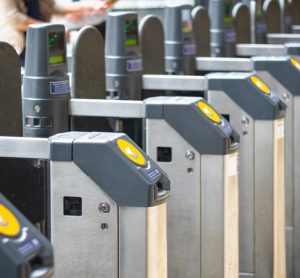The Spanish rail industry – pioneer in technological advances
20 September 2010 | By Pedro Fortea, Director at MAFEX (the Spanish Association of Manufacturers and Exporters of Equipment and Services for the Railway Industry)
Spanish rail companies represent a pioneering industry that has become one of the main reference points in many transport projects worldwide due to their expertise and highly developed technological advances. The Spanish rail industry has experienced significant growth during recent years as a result of the technological advances developed by…





